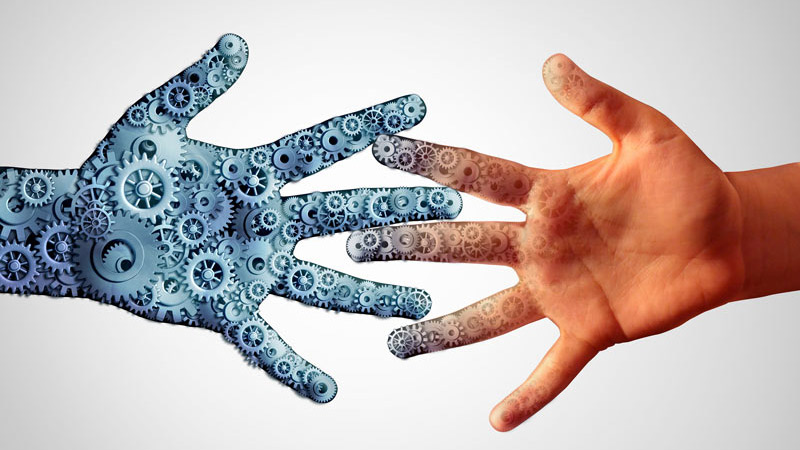Automation for more efficiency: This is how you can speed up your workflows with digital workflows.
The English term "workflow" translates into German as "work process" or "workflow". Thus, a workflow is a repetitive sequence of well thought-out and planned work steps and tasks to achieve a result.
Properly implemented digital workflows accelerate individual work steps as well as the processes as a whole. This saves resources in the form of time, costs and human labour. In addition, the error rate is significantly reduced, which increases the quality of the work processes.
Digital workflows also ensure greater satisfaction among your customers: for example, if your company offers services quickly and reliably or produces products of the highest quality, this pays off positively in terms of customer satisfaction. Satisfied customers often become regular customers who bring you more turnover than new customers.
Take advantage of process digitisation and trim your workflows for efficiency. Efficiency means, among other things, that you do not use your professionals' time for unnecessary, redundant or monotonous tasks. Instead, have your employees perform more meaningful tasks. In this way, you can promote individual know-how and ensure better work motivation.
Very many work processes can be partially or even completely digitalised. Here are a few examples:
Incoming invoices (e.g. by e-mail) are automatically opened by a system, checked and assigned to the clerk for approval. Payment transfers, bookings and archiving can also be digitised and automated very well.
With digital incoming mail processing, letter mail is scanned, the contents automatically assigned to the appropriate recipient and made available via a document management system.
Special systems can significantly speed up the processes in a print shop. These ensure more efficient order acceptance, press preparation, packaging and delivery of the printed products.
Appointments via online calendar, notifications via SMS, paperless processing of orders, contactless vehicle handovers via QR code and much more: many processes can also be digitalised at car dealers and garages.
From capturing with 3D scanners to modelling on the PC to transferring to the dental technician via the internet: Workflows at modern dentists and dental laboratories are very digital in order to save time and costs.
In mechanical engineering, too, many processes can be digitalised and thus made more efficient. For example, simulations on the PC ensure that as many errors as possible are found before production, and digital twins map the behaviour of the real machine. Predictive maintenance should also go hand in hand with this.
Posting vacancies via social networks, automated appointment scheduling for job interviews or onboarding new employees via video courses: The recruiting of new employees and the subsequent onboarding can be significantly accelerated by digital work processes.
The times when documents were processed and archived in paper form should really be over. For example, document management systems (DMS) make it possible to do the "paperwork" fully digitally.
Digitising workflows is a project in which you should invest sufficient time, energy and budget. Because it does your company no good if you digitise bad processes or digitise good workflows badly.
Therefore, you should invest sufficient resources in planning the project. It is important to address these aspects, among others:









